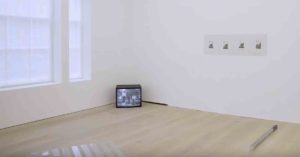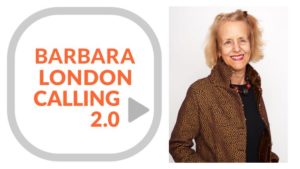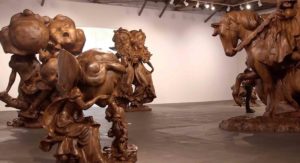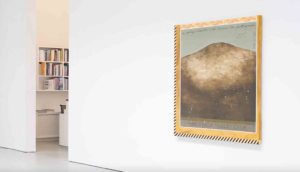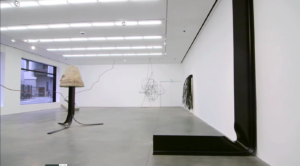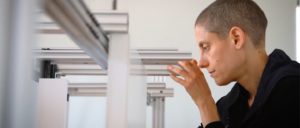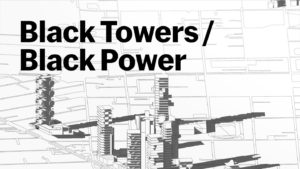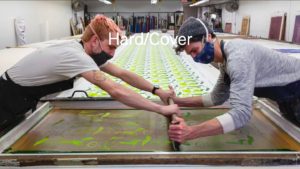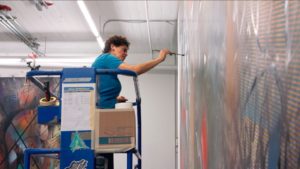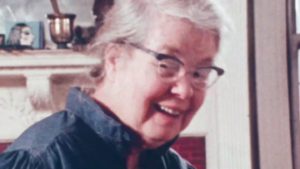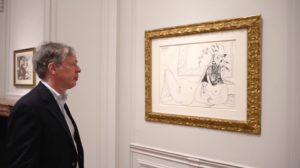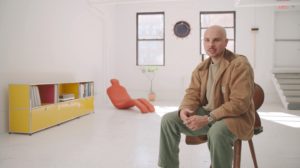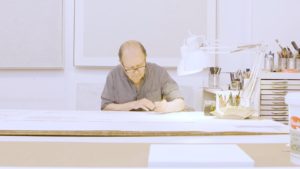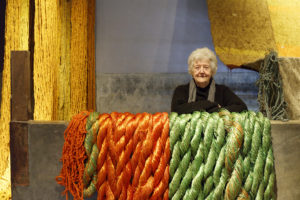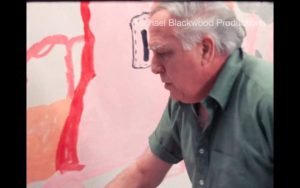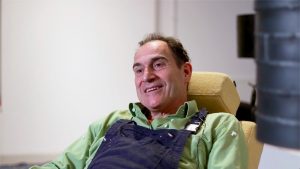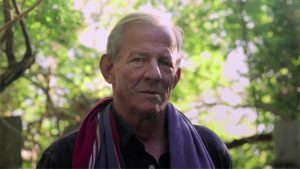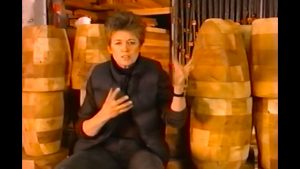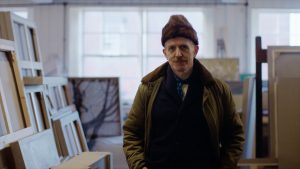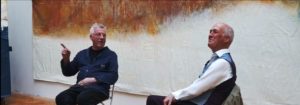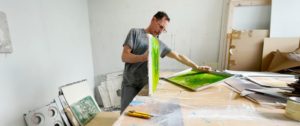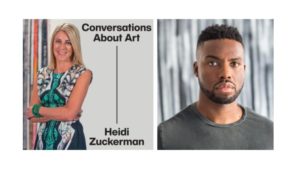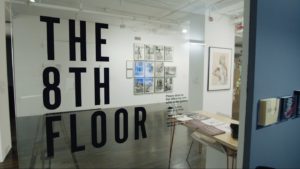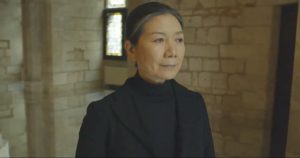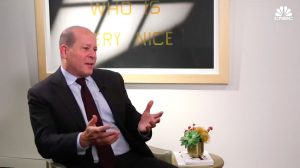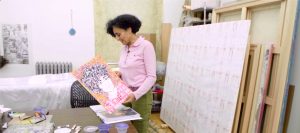
Don’t miss the controversial exhibition Ai Weiwei: Trace at Hirshhorn, ending January 1, 2018.
One of China’s most provocative living artists, Ai Weiwei (b. Beijing, 1957) has spent nearly four decades exploring the relationships between art, society, and individual experience. His work, as prolific as it is eclectic, encompasses a wide range of media, including sculpture, installation, photography, film, painting, and architecture. Ai Weiwei has sought to incite change through his art since the late 1970s, and as his work has developed, he has become increasingly committed to his guiding principle of promoting human rights and freedom of expression for all.
A collaborative artist project, “Ai Weiwei: Trace at Hirshhorn” features the East Coast debut of the monumental installation “Trace,” which portrays individuals from around the world whom the artist and various human rights groups consider to be activists, prisoners of conscience, and advocates of free speech. Each of these 176 portraits comprises thousands of plastic LEGO® bricks, assembled by hand and laid out on the floor.
To complement the display of Trace at the Hirshhorn, Ai Weiwei has created a new 360-degree wallpaper installation entitled “The Plain Version of the Animal That Looks Like a Llama but Is Really an Alpaca.” At first glance, the repeating graphic pattern looks merely decorative, but a closer inspection reveals surveillance cameras, handcuffs, and Twitter bird logos, which allude to Ai Weiwei’s tweets challenging authority. Together, both massive works span nearly 700 linear feet around the Hirshhorn’s second floor galleries.
June 28, 2017–January 1, 2018


